The calculator is based on a low-power 32-bit ARM microcontroller STM32L476 running at 16 MHz, which is more than sufficient for the purpose. The display is the famous Sharp memory LCD module LS027B7DH01 (400x240 pixel monochrome). The keyboard uses light-touch tactile switches Panasonic EVQP0N02B (60g actuation force). All electronics runs off the 3V lithium battery (CR2016), which should be sufficient to provide power for several years of operation.
The enclosure is designed as a sandwich of several PCBs. The front and back panels are aluminium PCBs with white soldermask and black silkscreen, the keys are also made of PCB with labels printed as silkscreen. All the parts are kept together with six M2 standoffs and 12 flat-head screws. The size of the enclosure is 135x73x7 mm.
Currently, the calculator features:
- Reverse Polish notation with large (up to 100 elements) stack.
- Double-precision arithmetics.
- "Standard" scientific calculator functions (trigonometric, logarithms, exponentiation, square root and power).
- Error function (erf) and its inverse (erfinv), gamma function and its log, number of combinations and permutations, and several special functions related to probability and high-energy physics
- Fixed, scientific (SCI) and engineering (ENG) display modes (including SI prefixes in ENG mode), variable 3-10 digits precision.
- Calculations with uncertainties using error propagation (UNCERT mode). Something that I've never seen in any of the hardware calculators, and is very rarely present in the software ones.
- Low power consumption (~15 uA in standby mode with LCD display on, 1.5 uA with LCD off).
Check out the online emulator here.
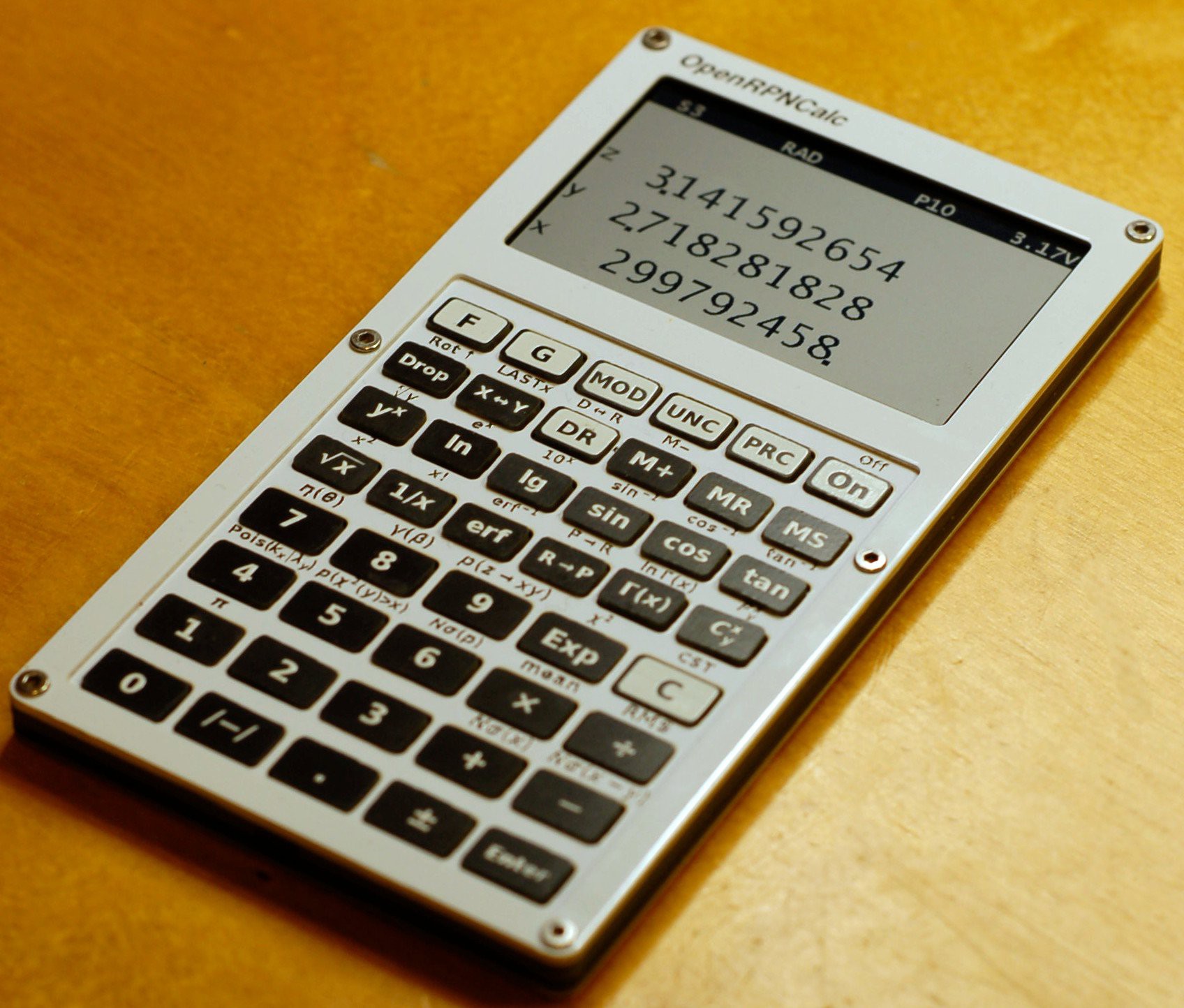
 Anton Poluektov
Anton Poluektov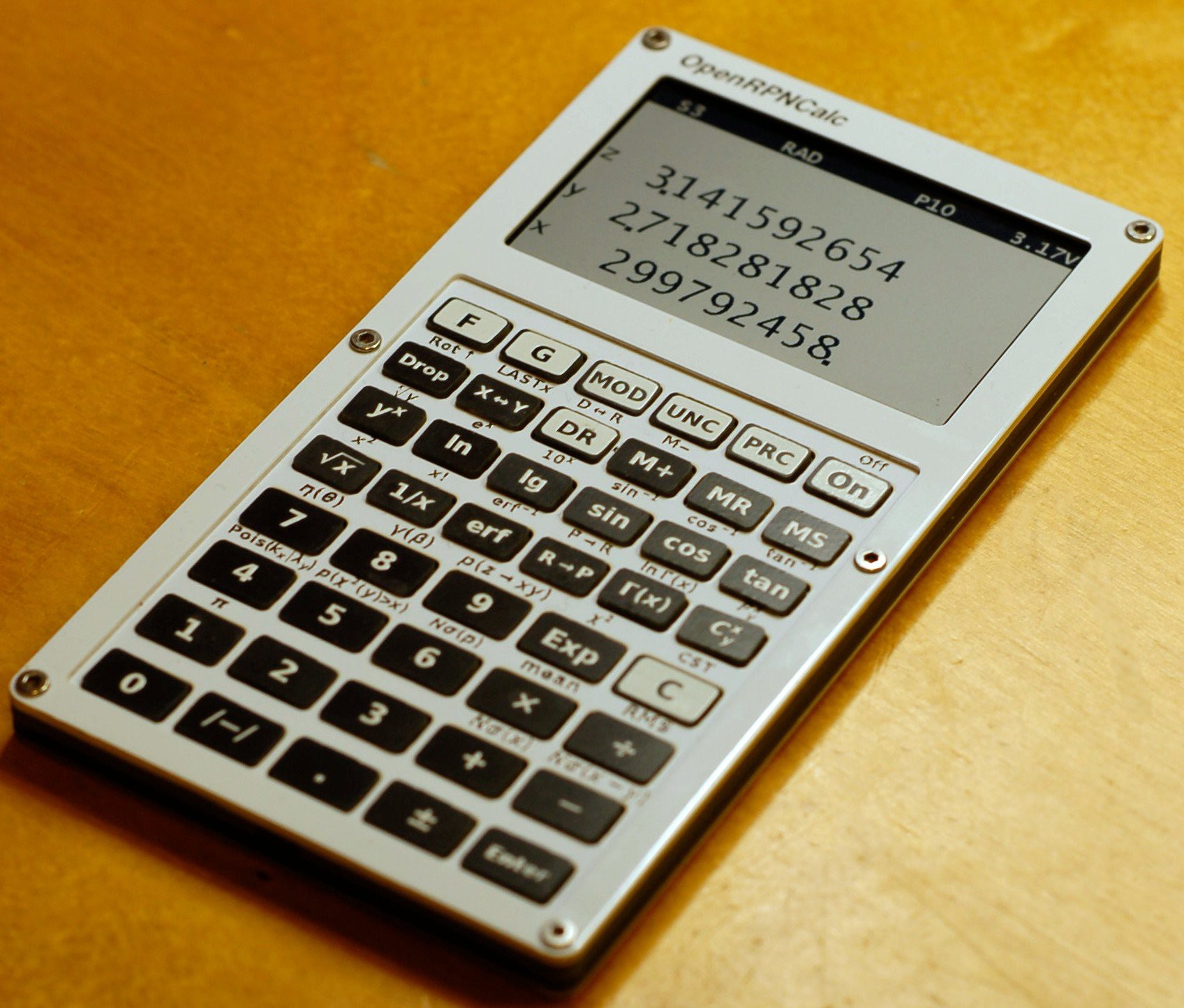
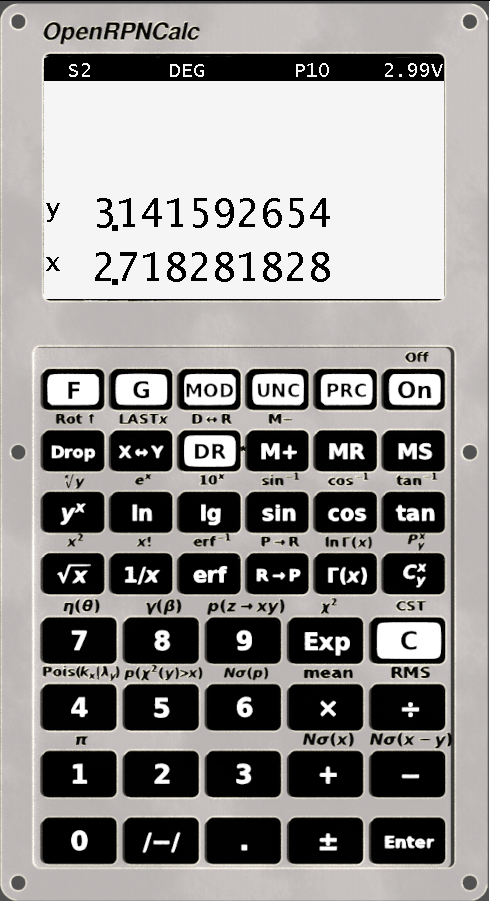
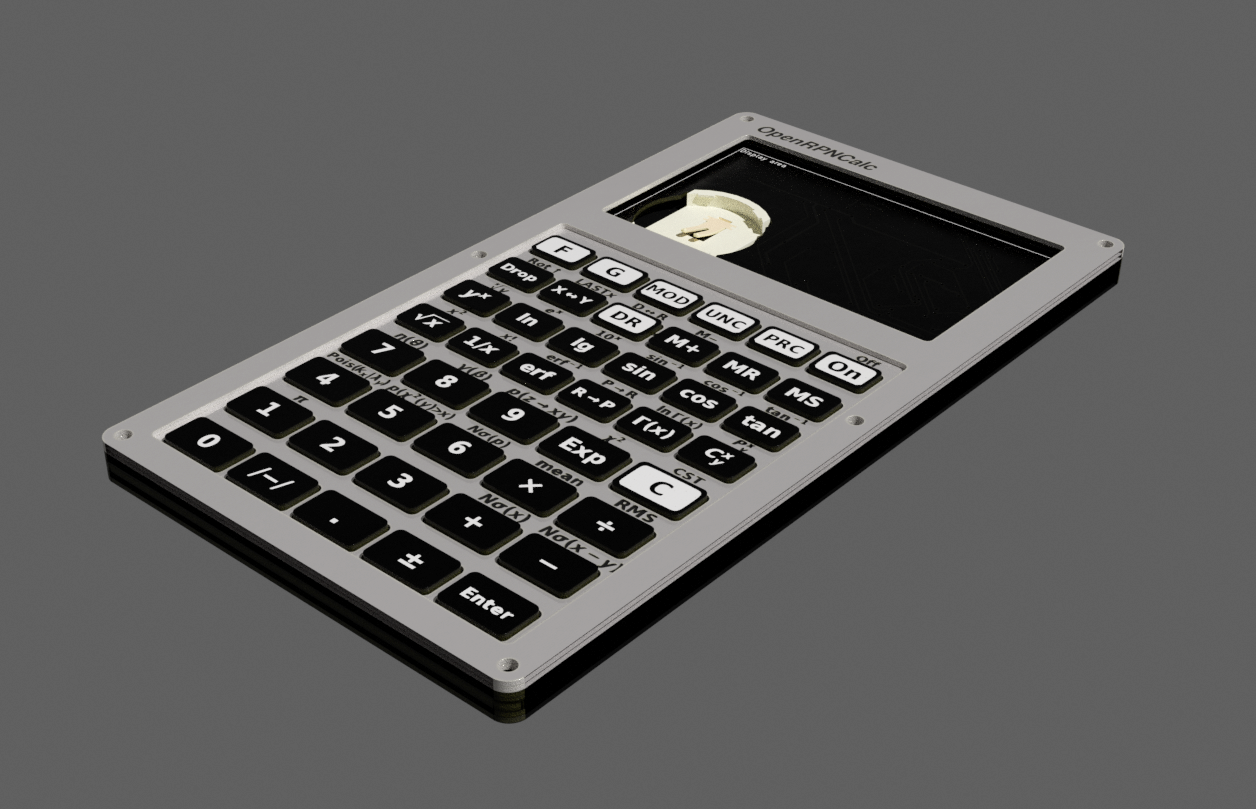







 The plastic part of the pins exactly matches the height of the tactile switches that I used (2.5 mm). Skipping forward, it appeared that the keyboard works better without the pins, but possibly my mistake was that I left too tight a gap between the front panel and the top PCB of the keys (around 0.2mm).
The plastic part of the pins exactly matches the height of the tactile switches that I used (2.5 mm). Skipping forward, it appeared that the keyboard works better without the pins, but possibly my mistake was that I left too tight a gap between the front panel and the top PCB of the keys (around 0.2mm). 







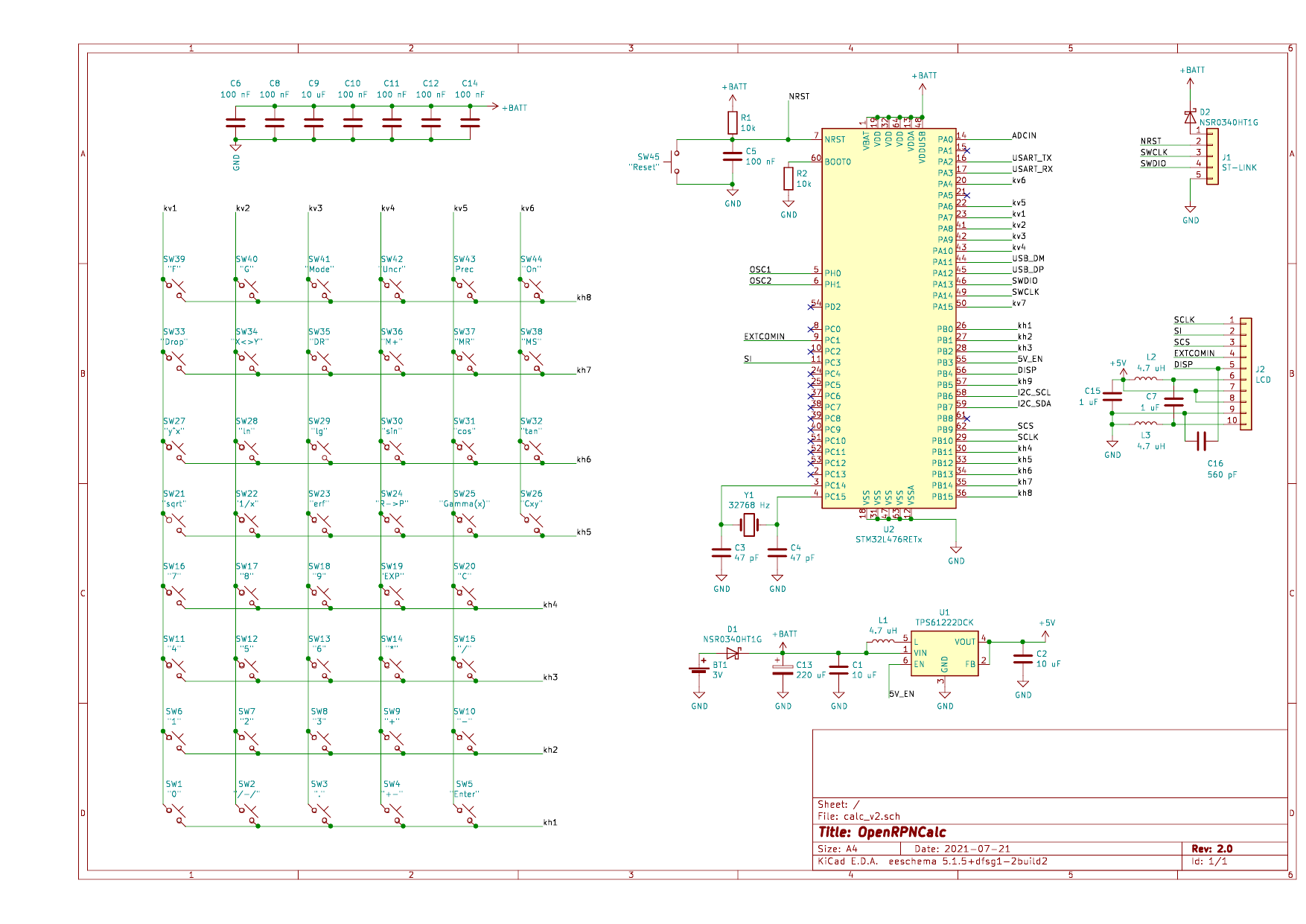
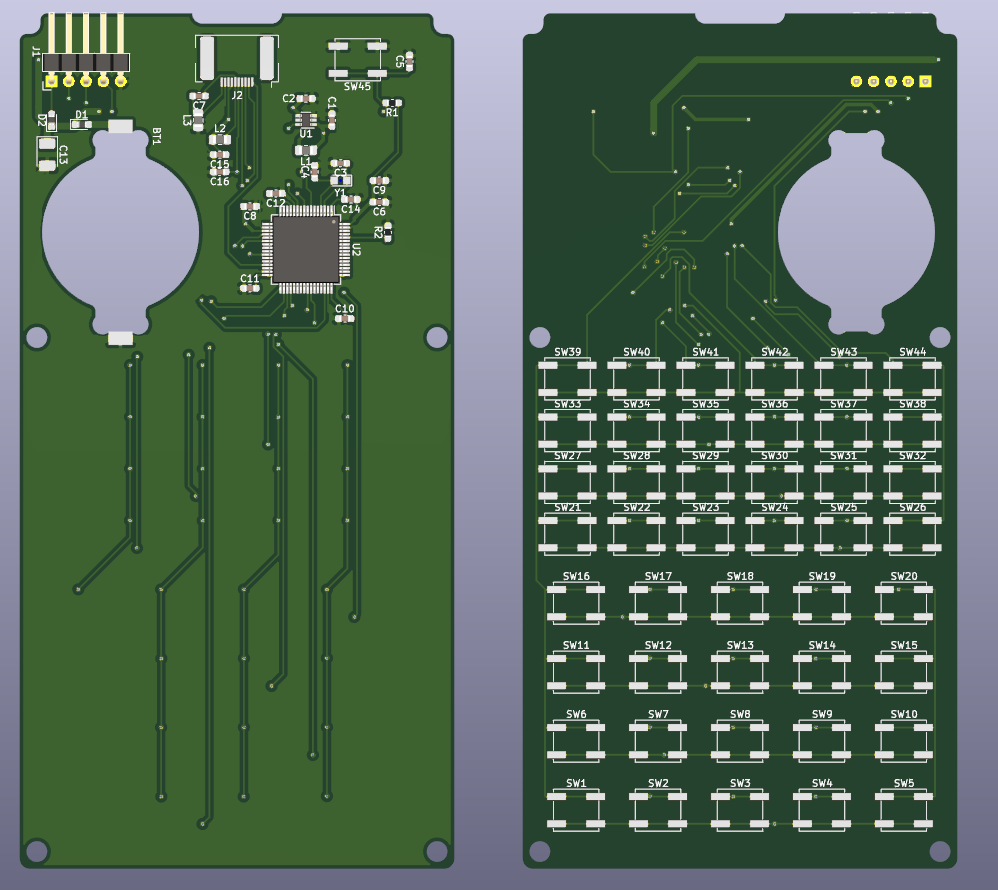
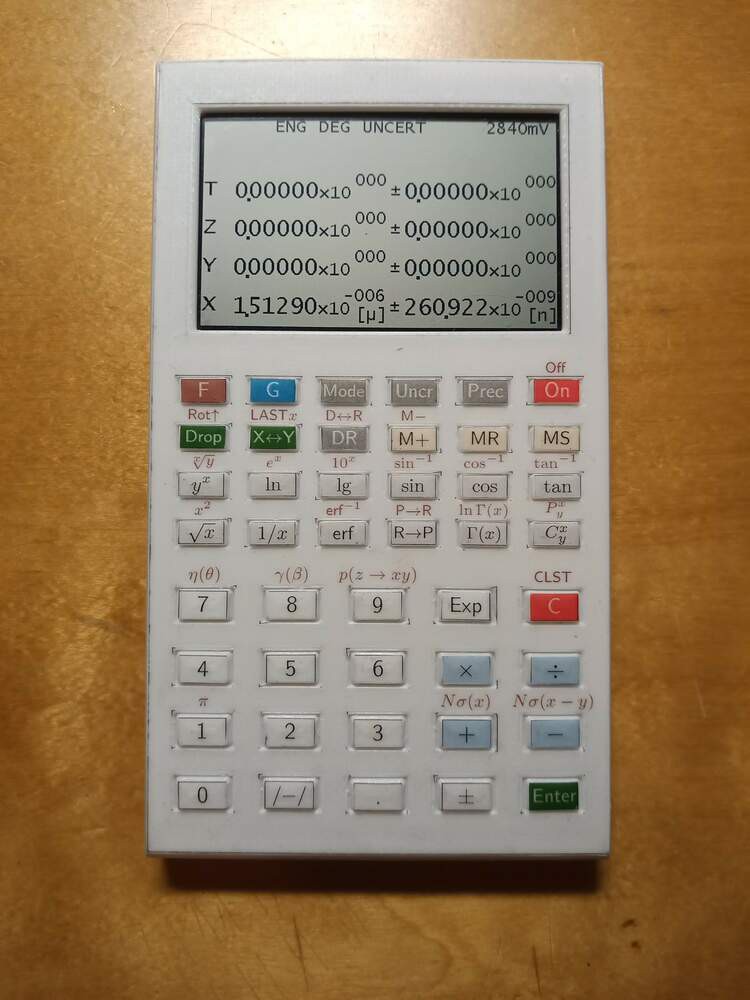


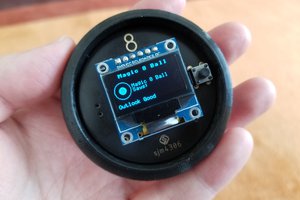
 sjm4306
sjm4306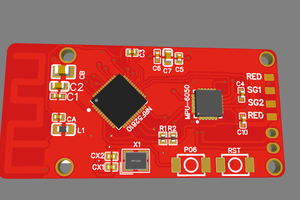
 UltraReidar
UltraReidar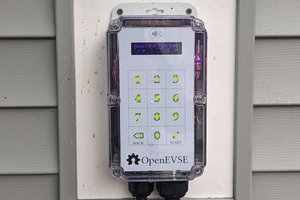
 C. Scott Ananian
C. Scott Ananian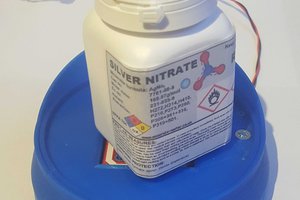
 Stephen Harrison
Stephen Harrison
please make a mechanical low profile keyboard